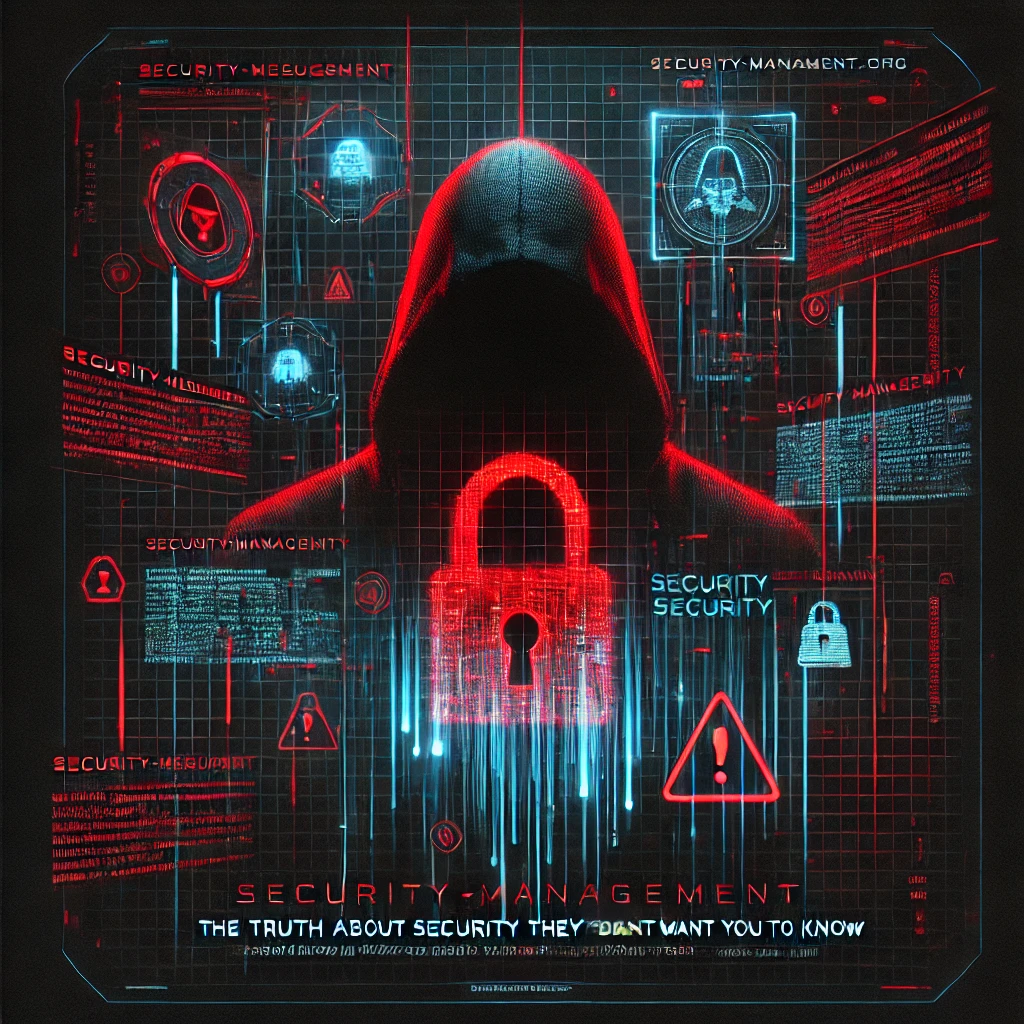What PKI Promises (And Rarely Delivers)
Public Key Infrastructure was supposed to be the magic bullet of internet security:
🔐 Confidentiality: Encrypt traffic with keys no one else can read.
📜 Integrity: Ensure data isn’t tampered with along the way.
✅ Authentication: Verify that the server or user is who they claim to be.
📝 Non-repudiation: Make sure actions are recorded and undeniable.
And yet, despite all the promises, PKI feels more like a tangled mess than a robust solution.
The Reality of PKI – Layers of Complexity
Let’s break down what PKI really looks like:
- Certificates: Public keys wrapped in digital bureaucracy.
- Certificate Authorities (CAs): The guardians of trust, until they get compromised.
- Certificate Revocation Lists (CRLs): The list of bad certs, published far too late.
- OCSP (Online Certificate Status Protocol): Real-time revocation checking, unless it times out.
- Intermediate CAs: Because delegating trust always works well.
- Root CAs: Single points of failure entrusted with the entire internet.
Sounds simple, right? And yet, even the basics often go wrong.
The Common Failures of PKI
✔️ Misconfigured certificates: Expired, mismatched, or weak ciphers.
✔️ Compromised CAs: Remember DigiNotar? Global trust shattered by one weak link.
✔️ CRL delays: Revoked certs still accepted until the list updates.
✔️ OCSP stapling failures: When the proof of validity can’t be delivered fast enough.
✔️ PKI complexity: Enterprises often lose track of their own keys and certs.
But the biggest problem? PKI is based on trust. And trust is a fragile thing.
Why Attackers Love PKI (For All the Wrong Reasons)
Attackers have several ways to exploit PKI’s inherent weaknesses:
🔑 Spear-phishing: It doesn’t matter how strong the certificate is if the attacker owns the user’s credentials.
📜 Man-in-the-Middle attacks: With forged or compromised certificates.
🔓 Compromised CAs: Subvert the entire chain of trust by attacking a single authority.
🔍 Downgrade attacks: Force weaker encryption or insecure ciphers.
🚪 Side-channel attacks: Exploit the implementation rather than the theory.
PKI is built on the assumption that every link in the chain is secure. Attackers know better.
The Real Cost of PKI – It’s Not Just Money
Every year, companies spend billions on PKI systems:
💸 Paying for certificates.
💸 Deploying hardware security modules (HSMs).
💸 Maintaining infrastructure.
💸 Auditing keys and revocation lists.
Yet breaches continue. Because PKI is not a panacea—it’s just one layer in a much larger puzzle.
What You Should Be Doing Instead
PKI isn’t useless. It’s just incomplete. To make it work:
✔️ Rotate certificates regularly.
✔️ Implement strict revocation policies.
✔️ Deploy mutual TLS where appropriate.
✔️ Use DNSSEC and DANE for additional validation.
✔️ Combine PKI with Zero Trust principles.
But most importantly, don’t assume PKI alone will save you.
Conclusion: PKI – Necessary, But Never Enough
PKI is foundational. It’s essential. And it’s deeply flawed.
If you’re relying on PKI without monitoring, alerting, or backup measures, you’re not secure. You’re just compliant.
Read more at Security-Management.org – while your certificate chain is still valid.

